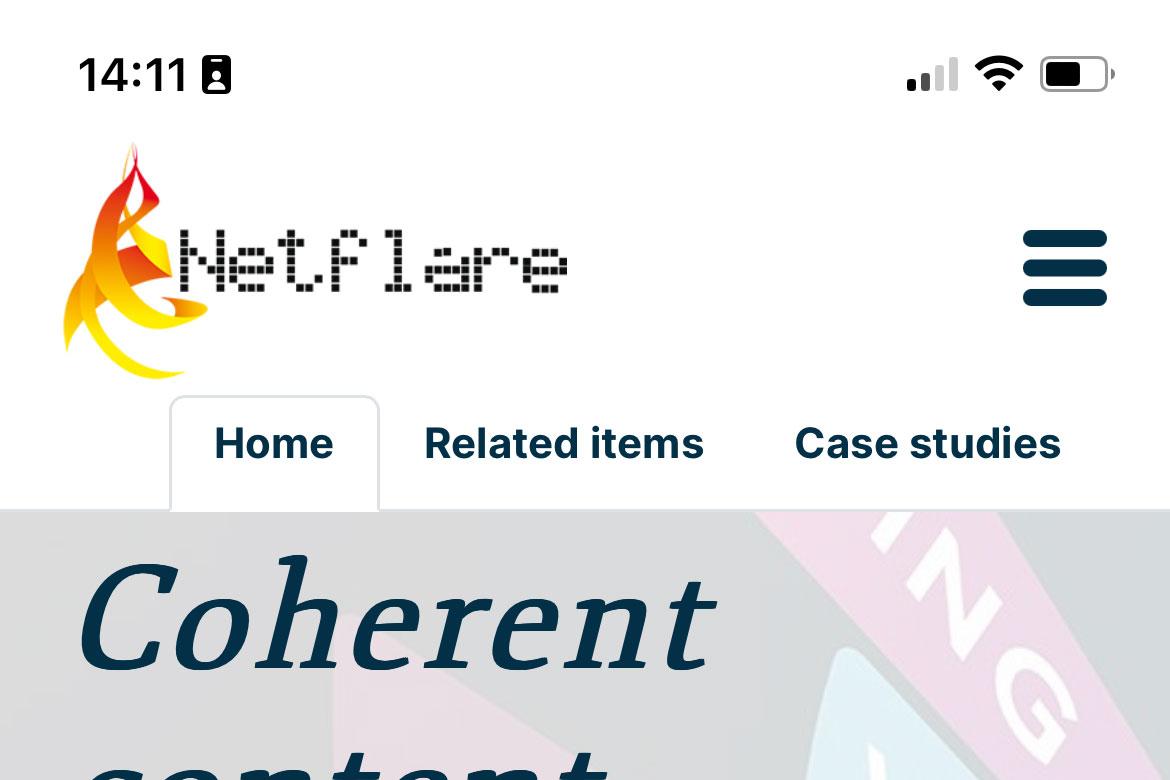How to use punctuation in your web copy to reduce ambiguity and get your message across.
Writing for the web has a tendency to use less formal language and simple styles. Punctuation is often missed out or misused and can result in causing confusion for the reader. A punctuation is a mark or symbol used to break up your text.
Here are some basic tips on how to use punctuation marks effectively for your web copy.
The end of a sentence.
Use a full stop, exclamation mark or question mark at the end of a sentence. This might appear obvious, but to get the search engines to understand the context of your copy, they need to identify statements.
Headings and Abbreviations.
Using the full stop in headings and abbreviations is optional. Whatever you choose, be consistent. For web copy, keep it simple - only use full stops to mark end of sentences. Examples are: Dr for doctor, Mr for mister, Rd for road, Sept for September.
Commas.
Use commas to separate lists, lists of adjectives (green, short, fat), adverbs (however, normally) and nouns in apposition (The inventor of the web, Tim Berners-Lee, has been awarded a knighthood). For the web, if there is any doubt over whether to include a comma, put it in.
For subordinate clauses, only use a comma when it precedes the main clause (like this sentence), or there is a possibility of confusion without it. (A subordinate clause is a clause that cannot stand alone and make sense. It depends on the main clause to make sense.)
For coordinating conjunctions (and, but, or, yet), use a comma if it removes any confusion.
Brackets and dashes.
The information within brackets or dashes should be purely supplementary and could be removed without affecting the meaning of the sentence. For the web, use brackets and dashes to add hints and helps. Although it may interrupt the flow, adding additional information will help the reader keep on track without the need to refer back to previous pages.
The dash.
Use a single dash to emphasise a word, add a remark, or link a summary to what has just been said.
The semicolon.
Use the semicolon (;) to join closely related clauses. It is also used to separate items in a list, especially if commas are used within an item. This will improve the clarity of the list.
The colon.
Use the colon (:) to join clauses where the second part explains, interprets or clarifies the first part. (The climate is changing: there is evidence that it is human-induced.) Use the colon to link or introduce a list. It can also be used to introduce a quotation.
Bullet points.
Use bullet points to introduce items in a list. They are generally used in technical writing to introduce a series of related items. Begin with a statement that ends with a colon. Each bullet can be a phrase or paragraph that is tied to the initial statement. If each item is a complete sentence, begin each bullet with a capital letter and end with a full stop. If the items are incomplete sentences, start each with a lower case letter and use a comma or semicolon at the end.
Hyphen.
Use the hyphen as a prefix (pre-, post-, anti-, pro-). It can also be used to remove ambiguity from similar sounding words (re-cover a chair, recover from an accident).
Quotation marks.
Quotation marks can be either single or double according to preference. For the web, it is recommended you use double quotes for direct speech, and single quotes for titles. When using quotation marks, only enclose the words actually spoken, and include any punctuation: "What's for dinner?" asked Kimberley, "I'm starving."
If a quotation spans over several paragraphs, put quotation marks at the beginning of each new paragraph, but only at the end of the final one. When using quotations for expressions, use single quotes.
Apostrophe.
The apostrophe is used with the letter 's' to indicate that something belongs to someone or something. Use 's for singular nouns (Gillian's car) and s' for plural nouns (the girls' toys were all over the floor). For irregular plural nouns, use 's (women's shoes).
For singular nouns ending in s,x or z, use 's if the noun is one syllable. For singular nouns of more than one syllable, there is no set rule - use your discretion and find the correct convention.
Three dot ellipsis (...).
This is used to indicate missing material such as replacing part of a quotation. It can also be used to indicate an unfinished thought or as a leader to more information in the next paragraph.
Oblique.
The oblique is used to indicate alternatives (he/she).






















































